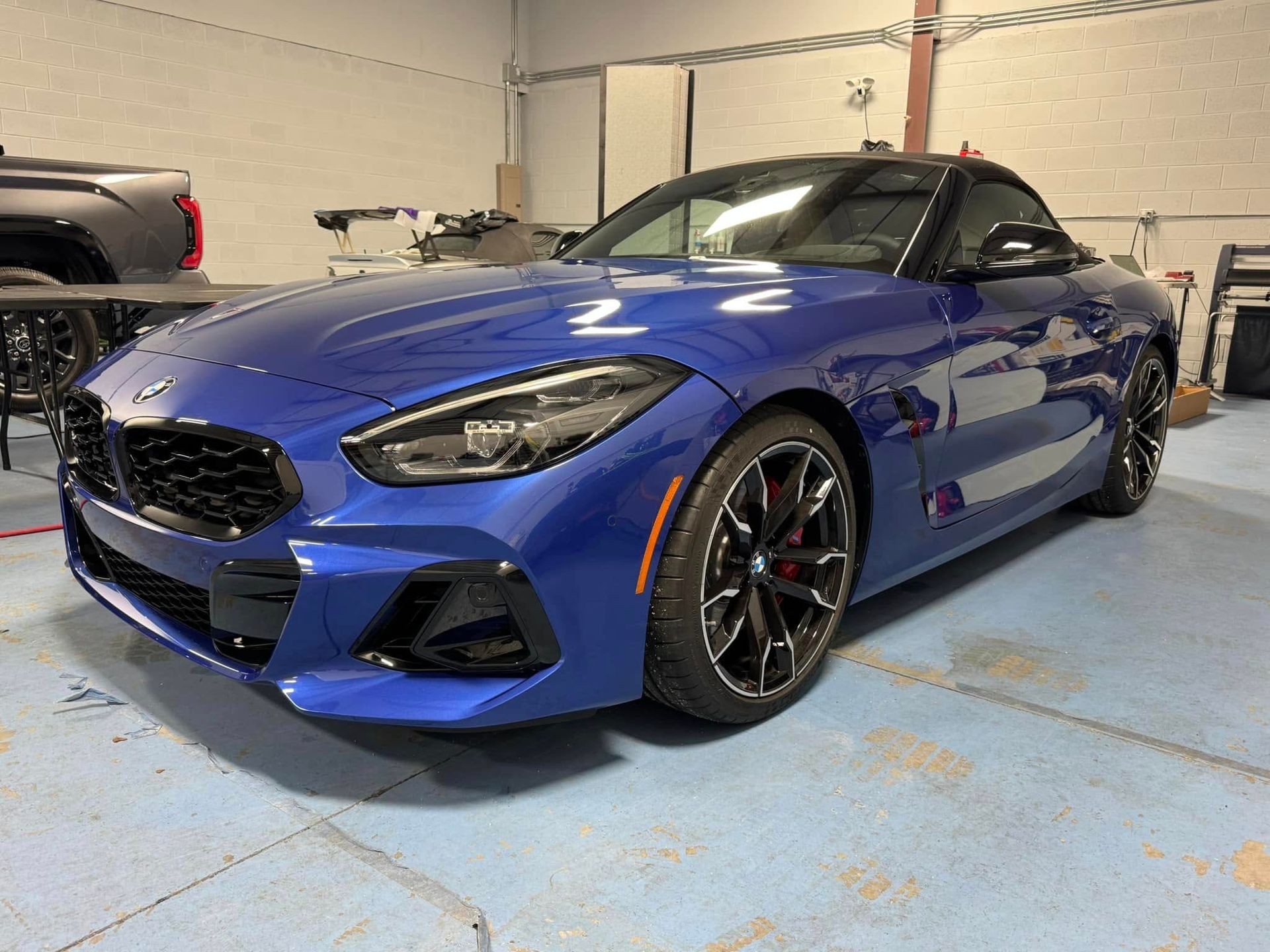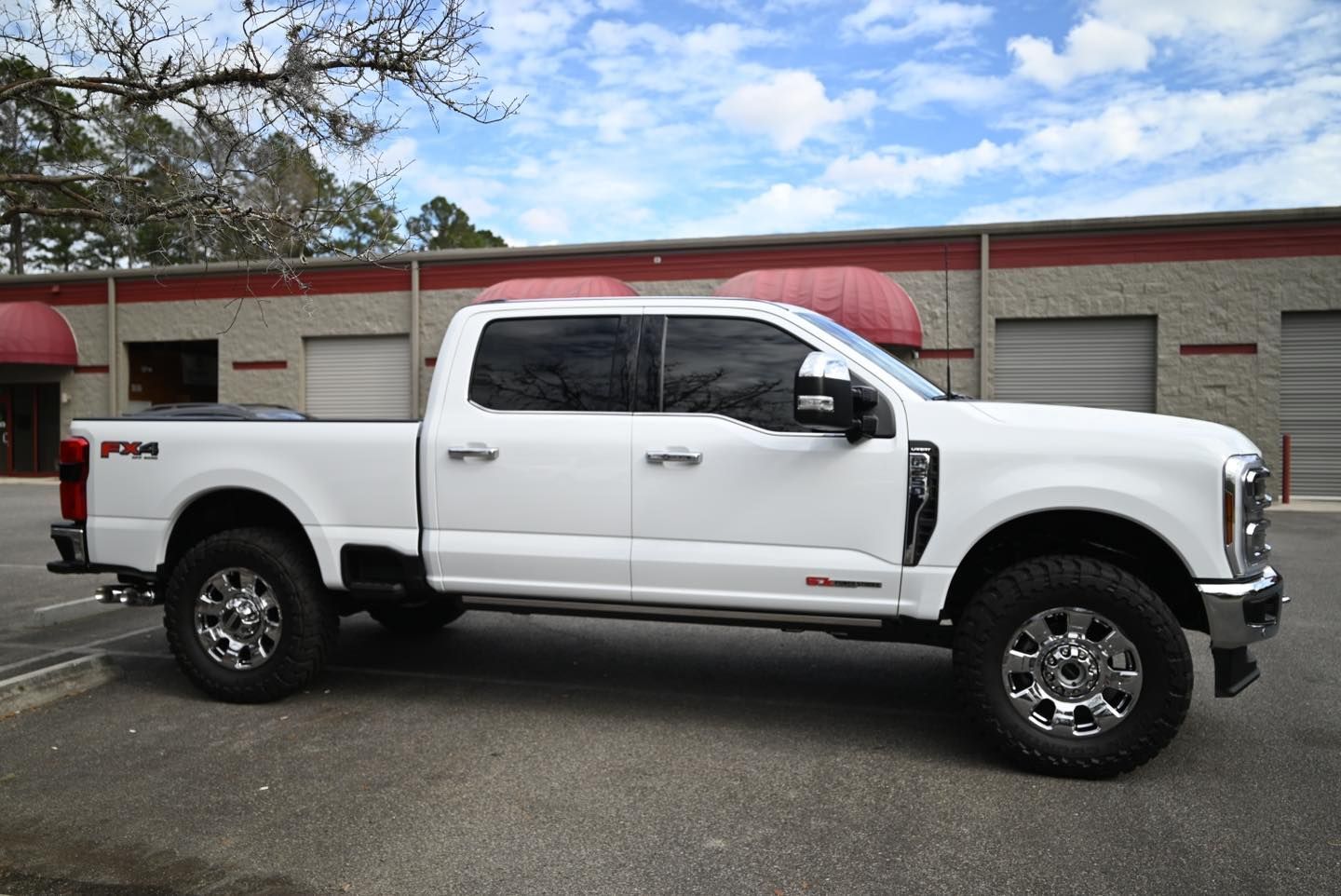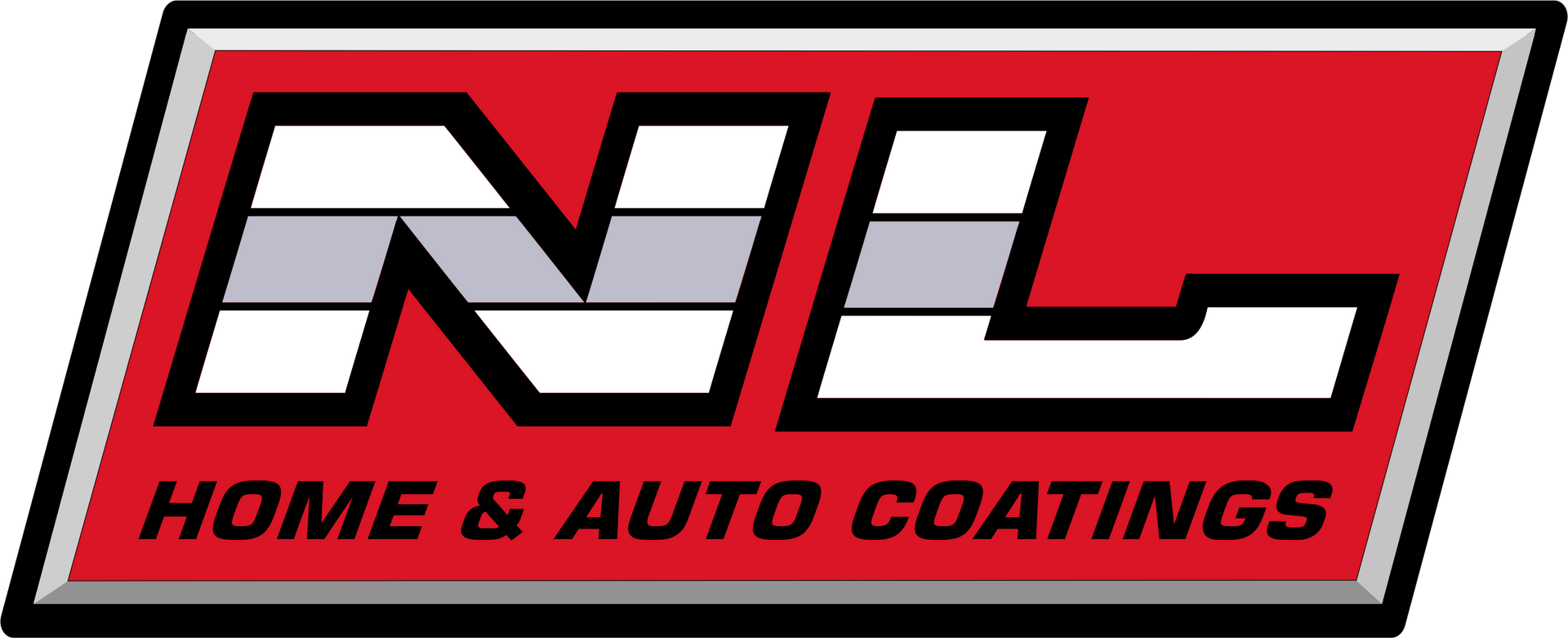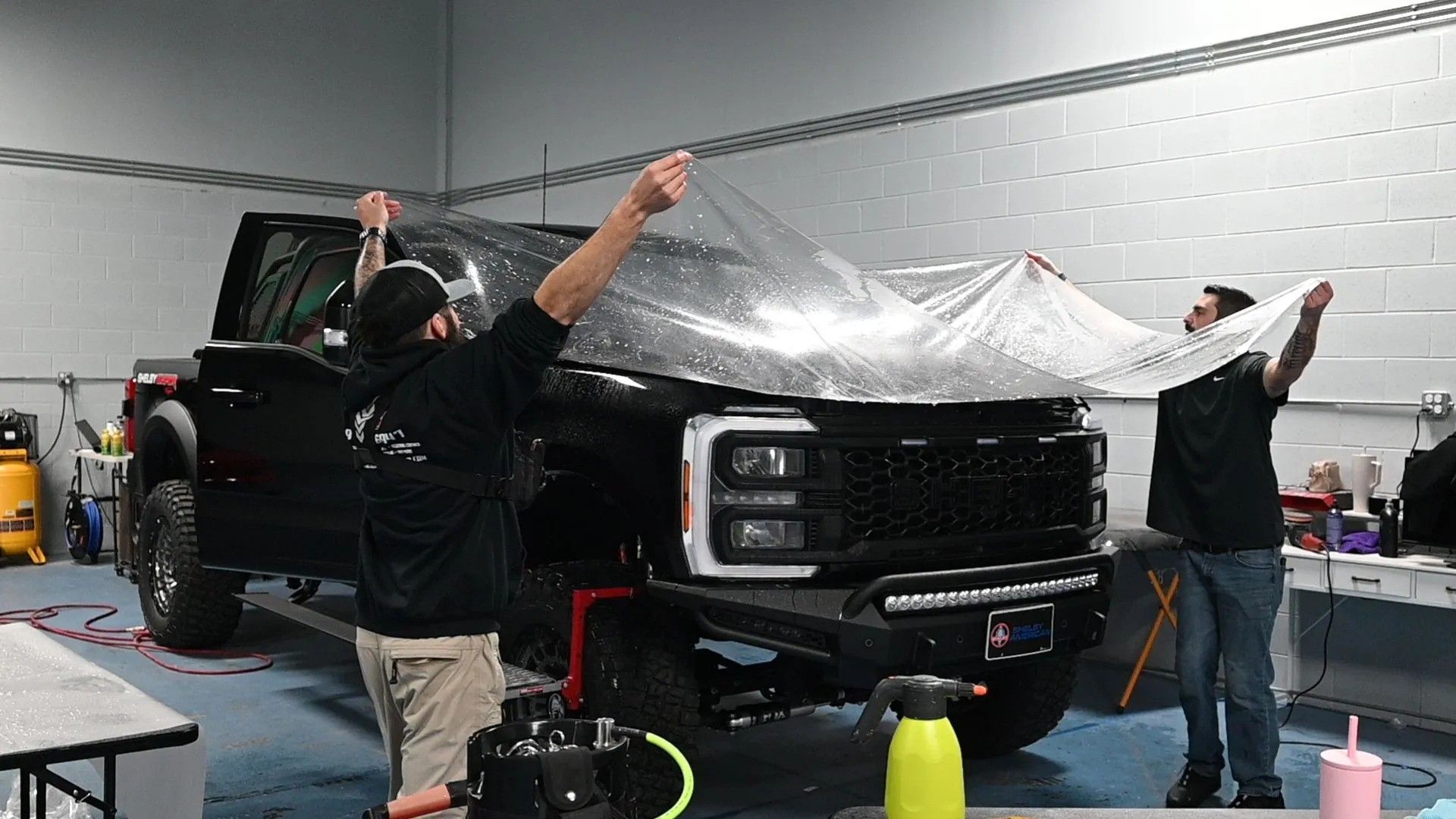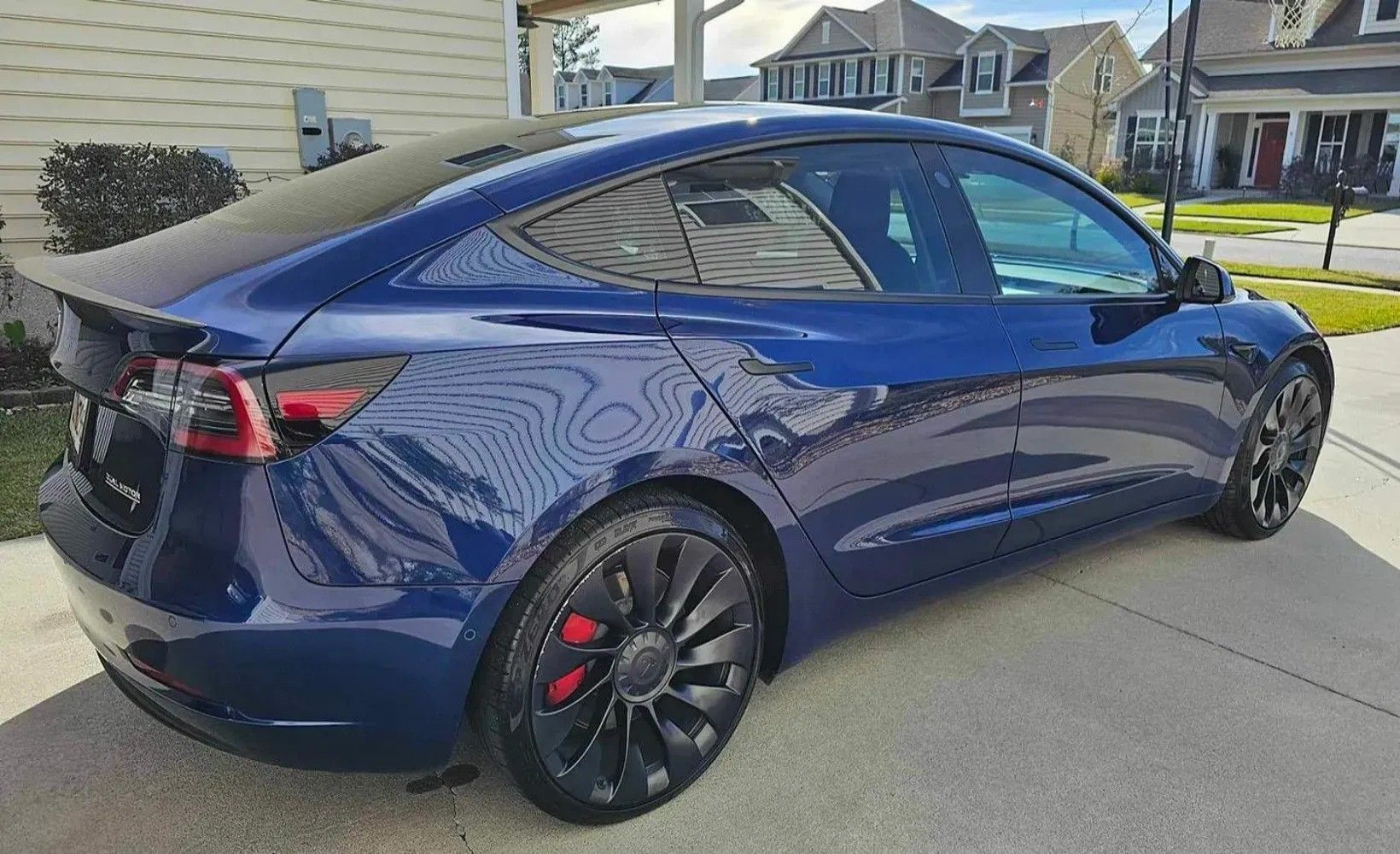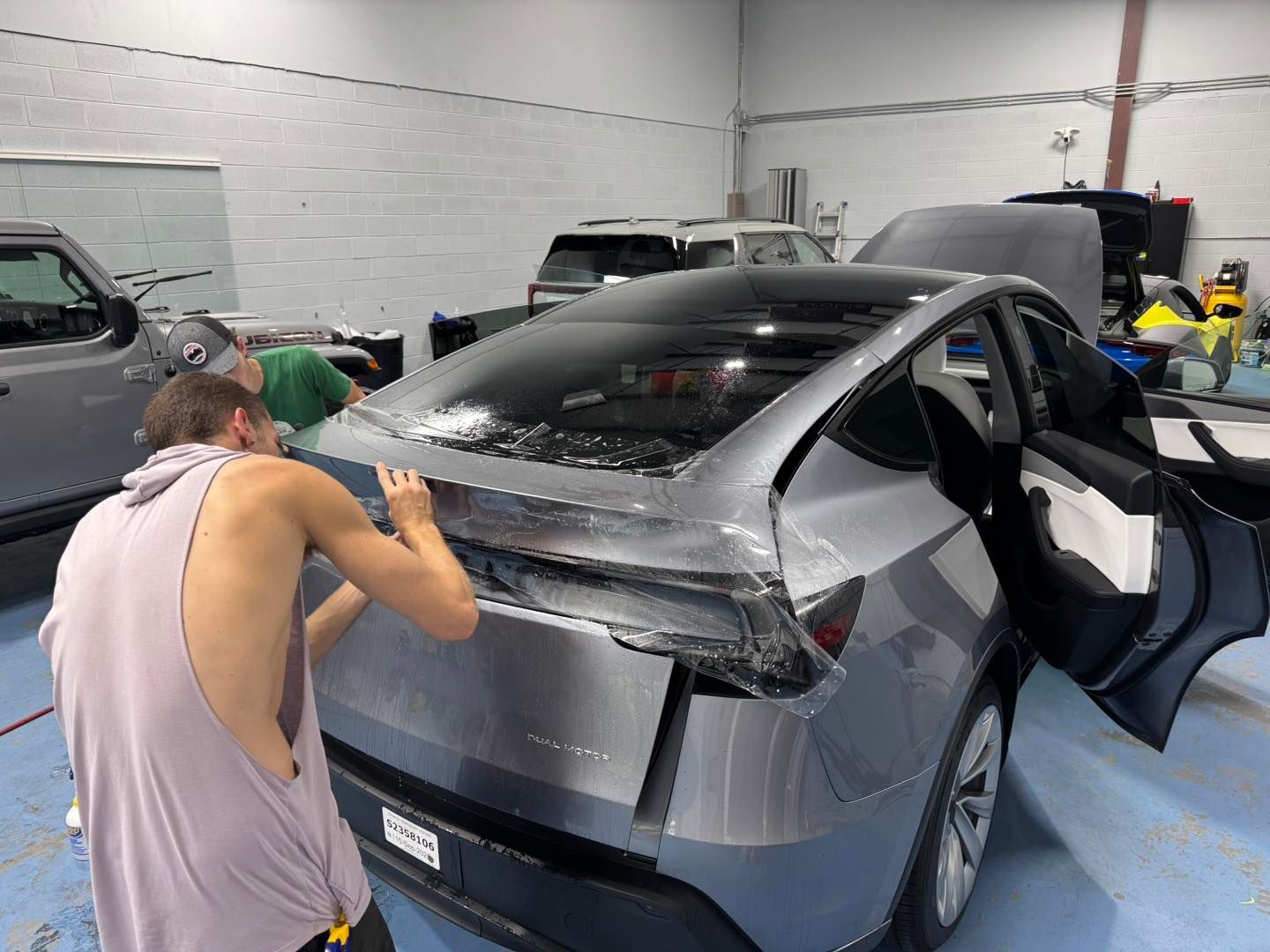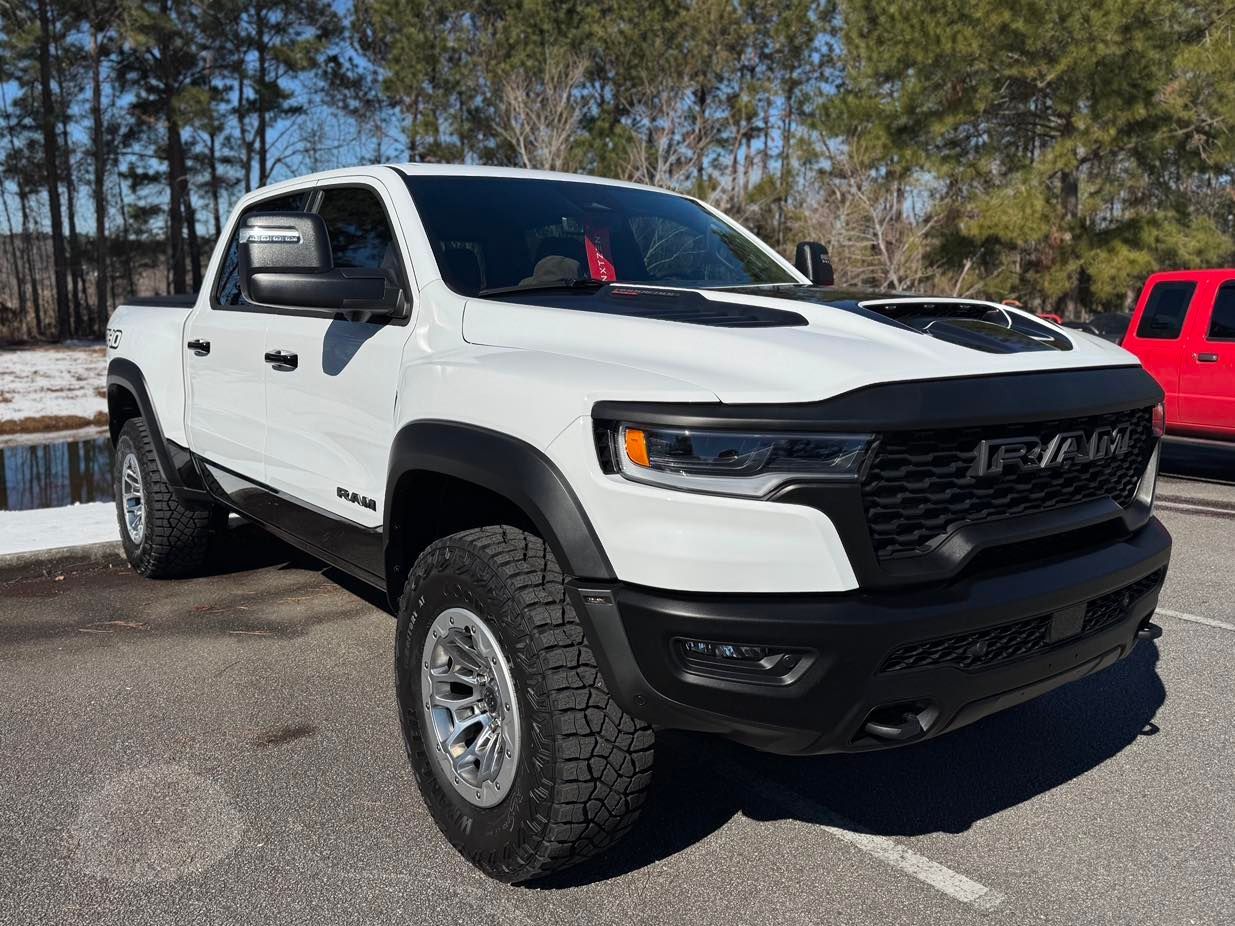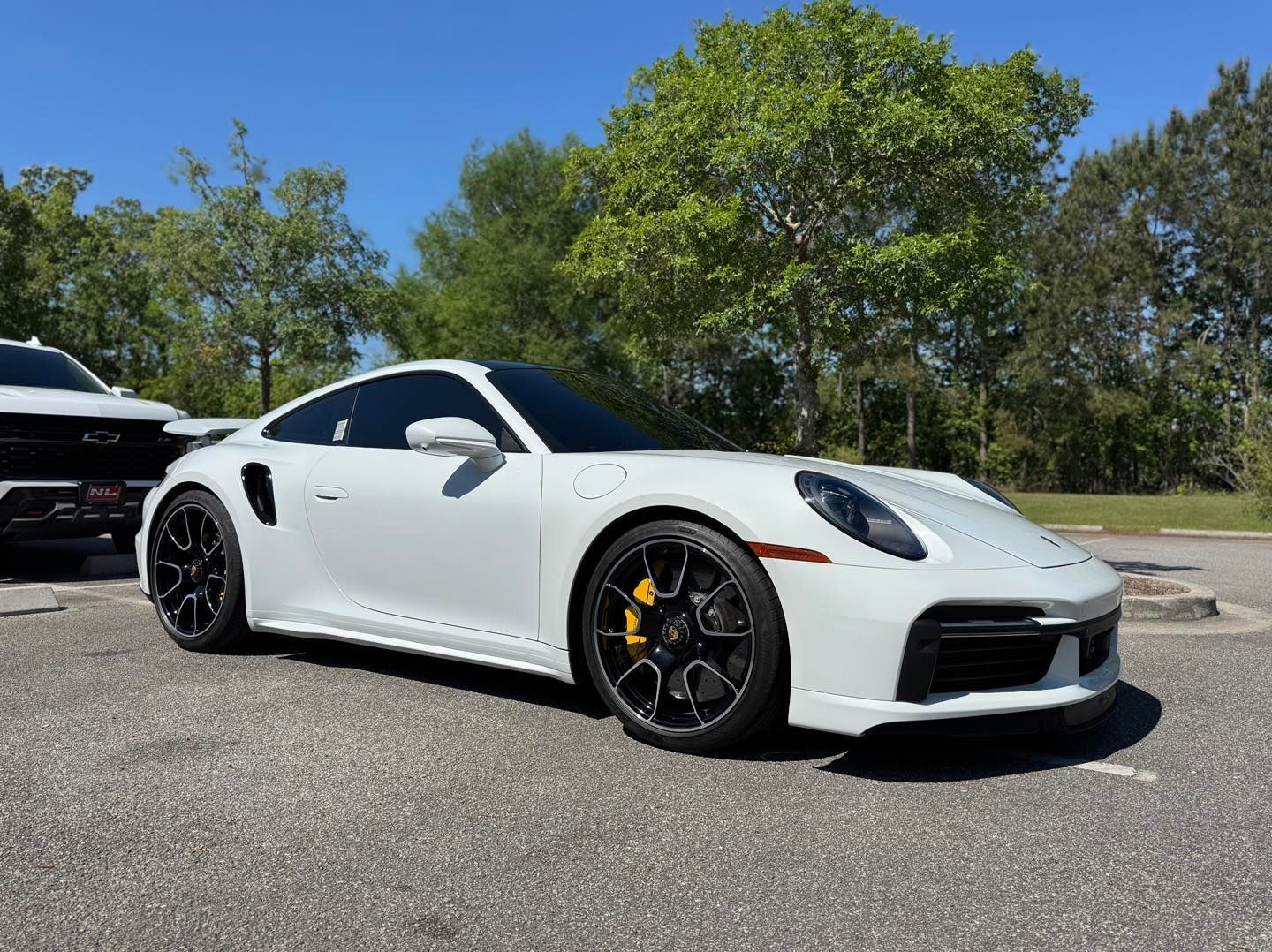Do You Really Need Paint Protection Film on a New Car?
When you drive off the lot with your shiny new car, it’s not just a set of wheels; it’s an investment that deserves protection. Many people think about washing and waxing as their go-to for keeping that new-car shine, but there's more to preserving your vehicle's beauty. Enter Paint Protection Film (PPF), a modern solution designed to defend against the daily hazards your car might face. From bug splatter to accidental dings, this protective film keeps your paint looking fresh and helps maintain its value over time. To help you understand why applying PPF is a smart choice, let’s dive into the many benefits and the straightforward installation process that can safeguard your prized possession.
Applying Paint Protection Film (PPF) to your new car is highly recommended as it acts as a protective barrier against scratches, chips, and environmental damage, helping to maintain your vehicle’s pristine appearance. Additionally, PPF can enhance resale value by preserving the original paint and finish over time.
Benefits of Applying PPF on Your New Car
Beyond acting as a barrier against physical damage, Paint Protection Film (PPF) offers remarkable durability and longevity for your vehicle’s exterior. When properly installed, quality PPF can last up to ten years, translating into long-term peace of mind for any car owner. Such protection isn’t just about aesthetics; it’s about preserving value. The investment in PPF means that you may reap rewards when it's time to sell or trade in your vehicle since the original paint stays intact and vibrant.
One often overlooked benefit of PPF is its ability to significantly reduce the effects of UV radiation. When cars are parked outside, especially in sunny regions like Savannah, GA, the paint can fade over time due to sun exposure. By applying PPF, you're effectively creating a shield against harmful UV rays. As a result, not only will the color remain vivid, but the potential costs associated with repainting faded surfaces can also be avoided down the line.
Moreover, individuals looking for an eco-friendly solution should appreciate that PPF is manufactured using recyclable materials. This aspect benefits the environment while ensuring car owners enjoy superior protection without unnecessary ecological consequences. County regulations increasingly favor greener solutions, so opting for PPF aligns your choices with a responsible lifestyle.
Interestingly, 82% of customers who install PPF reported feeling more satisfied with their vehicles because of its protective qualities (Auto Care Association, 2023). This statistic shows how much peace of mind PPF provides and highlights a trend suggesting that more people are prioritizing vehicle care sustainably.
Finally, let’s not forget maintenance ease. With PPF in place, cleaning your car becomes simpler because dirt and grime are less likely to adhere to a smooth surface compared to raw paint. A quick wash can keep your ride looking spectacular without requiring extensive detailing efforts.
As you consider protecting your new automobile investment, it's important to explore how these films perform under various conditions and their overall impact on vehicle integrity.
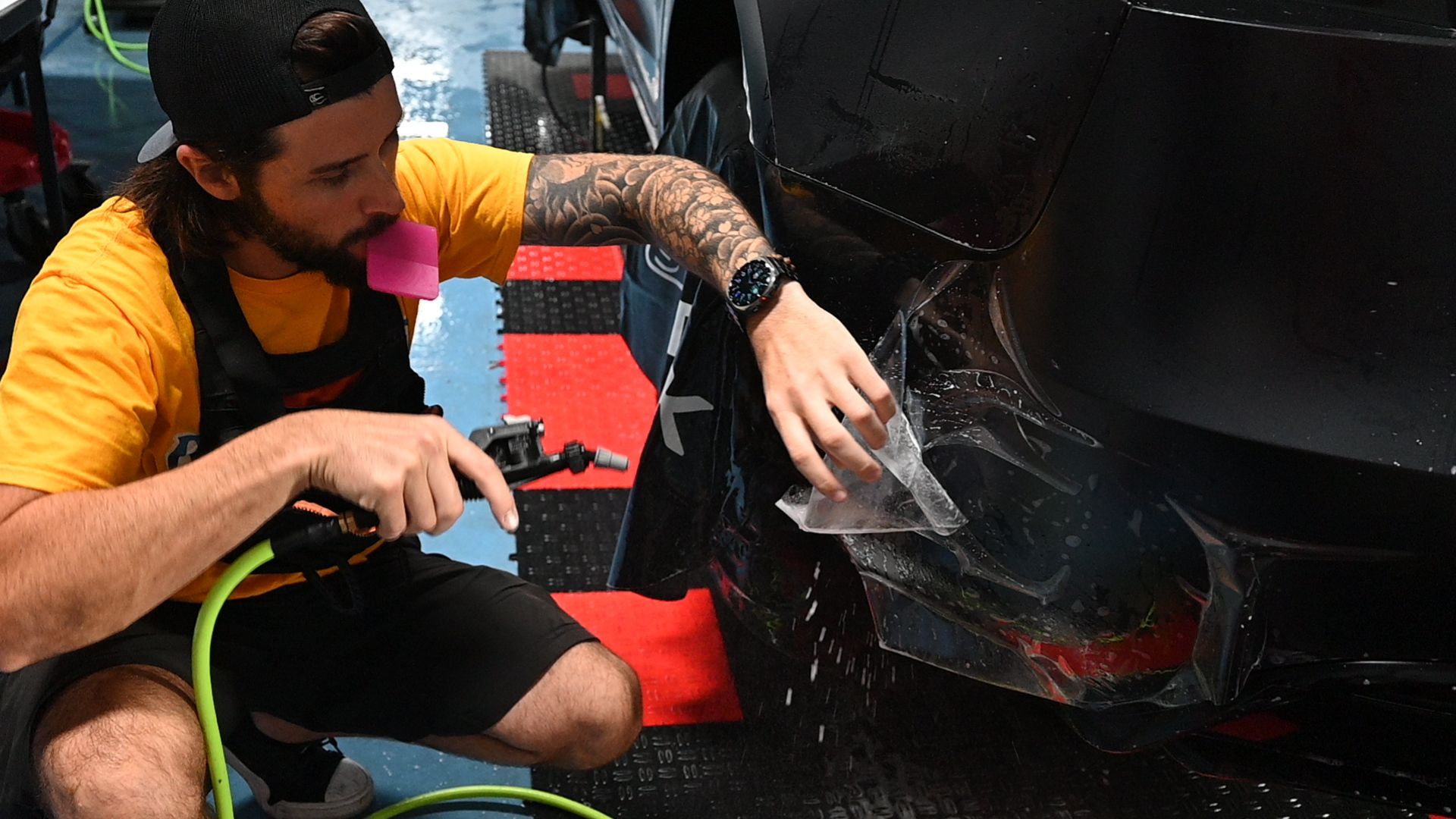
How PPF Protects Your Vehicle
At its core, the primary function of PPF is to safeguard your vehicle's paint. This transparent, elastomeric polyurethane film seamlessly adheres to your car's surface, acting as a shield against numerous threats that can diminish its aesthetic appeal. Its unique elastic properties allow it to absorb and dissipate energy from road debris, effectively bouncing back after impact.
Imagine this: every time a small rock kicks up from the pavement, instead of leaving lasting marks on your paint job, the PPF absorbs the shock, protecting the beautiful exterior you've invested in.
Protection Against Physical Damage
One of the standout features of PPF is its ability to provide robust protection against physical damage. Driving exposes your vehicle to a multitude of potential hazards, ranging from scratches and chips to minor abrasions from dust and road debris. The film creates a tough barrier that can withstand these everyday nuisances.
For instance, if you happen to brush against a rogue shopping cart or little branches while driving through wooded areas, PPF serves as an invisible bodyguard that keeps your paint pristine. It’s like having an aura of safety surrounding your precious car.
UV Protection
But the benefits don’t stop with physical damage; UV protection plays a significant role in maintaining your vehicle's appearance.
Harmful ultraviolet rays remain one of the culprits that lead to paint fading over time, often leaving vehicles looking dull and worn. When you install PPF, it effectively blocks those UV rays, averting the unfortunate consequences of sun-related degradation.
Maintaining that glossy finish becomes much simpler; your car will look newer for longer and retain its allure, an appealing feature for both personal satisfaction and potential resale value. Imagine stepping out into the sunshine with a car that gleams as brightly as it did on the day you drove it off the lot!
Chemical Resistance
Additionally, PPF offers commendable chemical resistance, protecting against unwanted substances that could stain your vehicle's surface.
Bird droppings, tree sap, and road salts may seem like trivial nuisances; however, they can cause significant damage if not dealt with promptly. With a protective layer of PPF, these corrosive agents will simply slide off rather than seep into your vehicle's paint.
Picture this: you park under a tree and notice bird droppings have soiled the hood—rather than frantically cleaning it and risking scratching the paint beneath, you can easily wipe it away without worry since it's safeguarded by PPF. Drawing from experience, this level of protection has saved countless vehicles from unsightly blemishes and costly paint touch-ups.
As we consider these remarkable advantages, it's equally important to understand how to select the right type of protection film that fits your needs and preferences.
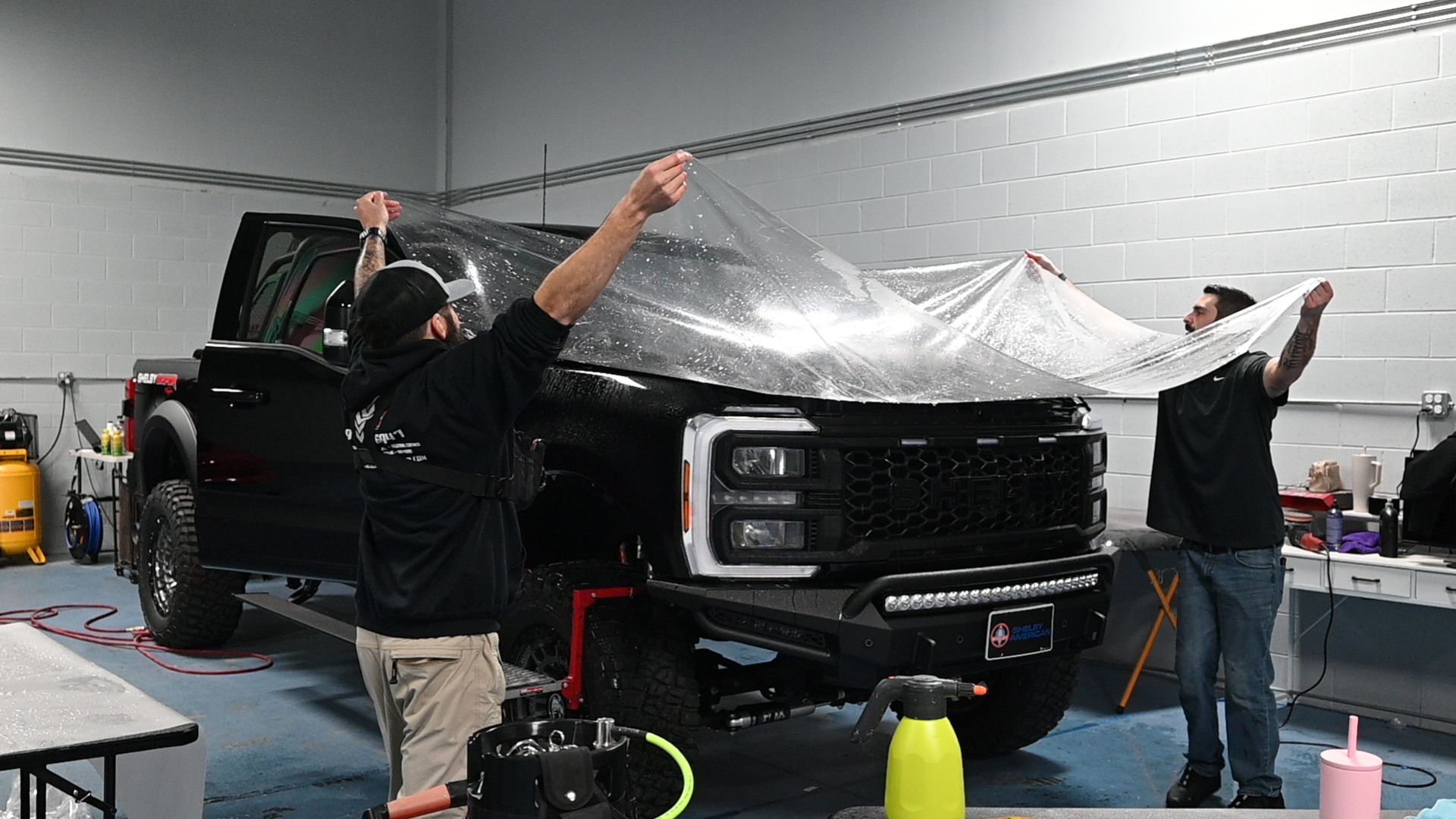
The Long-Term Investment
Moreover, there's an added bonus: vehicles shielded by PPF often have higher resale values. Buyers appreciate knowing that a well-cared-for car has been protected from unsightly blemishes throughout its life. Thus, when evaluating value, consider not only the immediate financial output but also how it enhances your vehicle's longevity and marketability.
Investing in paint protection film represents prudent financial foresight for any car owner dedicated to keeping their vehicle looking pristine. With Northern Lights Home & Auto Coatings offering expert installation and consultations make making an informed decision tailored to your specific needs easier than ever.
As valuable as this protective investment is for your vehicle, understanding how to maintain it will further extend its benefits and ensure lasting performance. Let's explore the aspects of proper care for this essential upgrade.
Is PPF a Good Investment?
Whether or not PPF makes sense for you largely depends on your approach to car ownership. If you regard your vehicle as more than just a mode of transportation but rather an asset that requires safeguarding, then investing in PPF is definitely worth considering. This protective barrier acts like an invisible shield, defending your car's paint against scratches, chips, and even harsh environmental elements like UV rays and acid rain.
The peace of mind that comes with knowing your vehicle is well protected cannot be overstated. Think about it: you invest time and money into selecting the perfect vehicle. Your vehicle is more than just a noticeable piece of metal; it's an integral part of your lifestyle. Vehicle enthusiasts and everyday drivers alike frequently express how much easier it is to enjoy their time on the road when they know that their paintwork won’t succumb to the inevitable wear and tear of daily driving.
Once the initial cost of installation is out of the way, many find that PPF leads to significant long-term savings. While you'd have to part with a larger sum upfront compared to regular waxing or polishing, think of the expenses you'll evade in the future.
Penalties associated with paint corrections or repainting due to damage could easily surpass the initial costs of PPF. Furthermore, as Northern Lights Home & Auto Coatings regularly hears from its clients, many experience firsthand how well-maintained vehicles retain their original allure, ultimately enhancing resale values significantly.
Envision having a car that maintains its brand-new appearance for years to come, requiring only routine washing for maintenance. At Northern Lights Home & Auto Coatings, customers frequently take pleasure in recounting their experiences of how PPF significantly enhances their vehicles. They seamlessly transition from fearing eventual paint damage to basking in confidence wherever they go.
Don't hesitate to invest in protecting your valuable possession! Visit
Northern Lights
Home & Auto Coatings for expert
PPF installation and elevate your vehicle's protection today. Investing in PPF ensures that your vehicle maintains its stunning appearance over time
